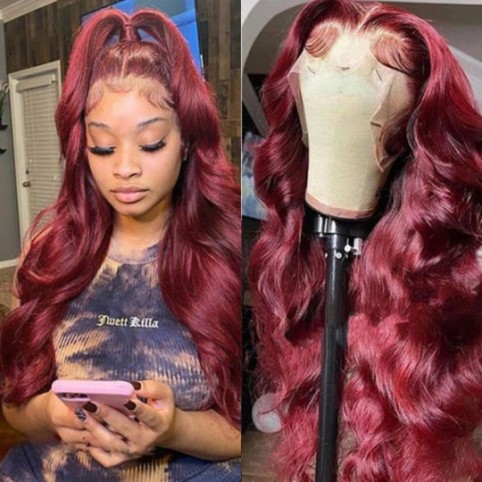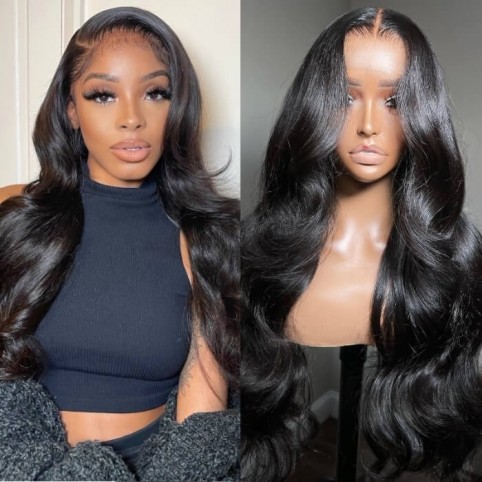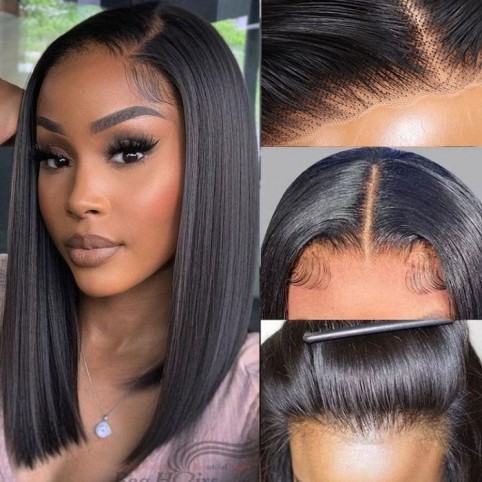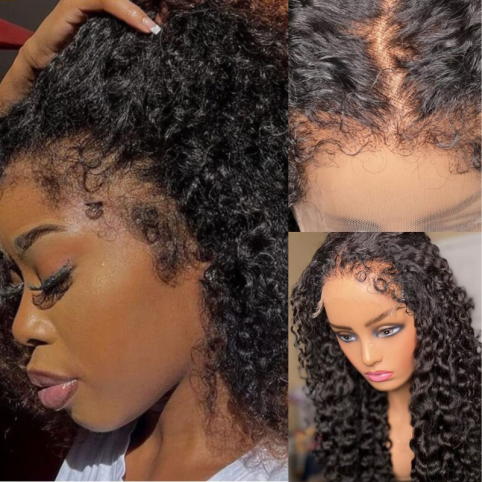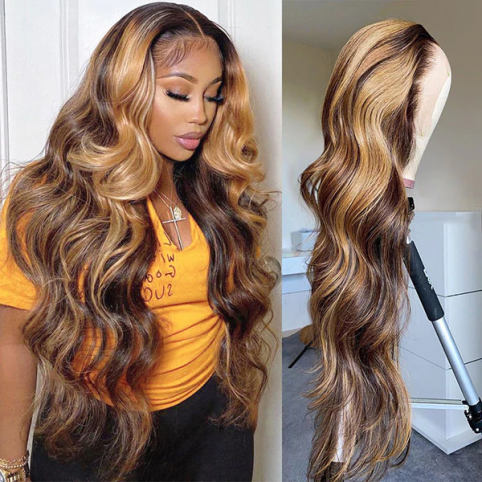Hair Loss:Cause & Prevention & Treatment

Hair loss can occur for a variety of reasons. The specific causes of hair loss vary from person to person. Some of the most common causes include:
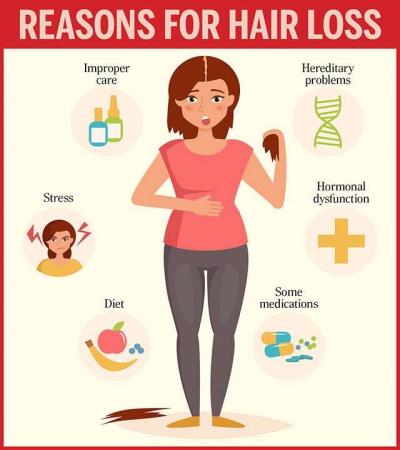
Internal Causes
1. Androgenic alopecia: This is the most common cause of hair loss worldwide. This type of hair loss occurs in both men and women. It is the result of a combination of genetics and hormonal changes. In women, the first obvious sign of hereditary hair loss is usually overall thinning or widening of areas; in men, the first sign is usually a receding hairline or a bald spot on the top of the head.
2. Alopecia areata: This is an autoimmune disease in which the immune system mistakenly attacks hair follicles, causing sudden and often patchy hair loss. Hair loss can occur anywhere on the body, including on the scalp, inside the nose and ears, and some people even lose their eyelashes or eyebrows.
3. Scalp diseases: A scalp infection can cause the scalp to appear scaly and sometimes inflamed, with what looks like small black dots seen on the scalp, which can lead to hair loss.
4. Hormonal changes: A common cause of this imbalance is polycystic ovary syndrome (PCOS). It can cause ovarian cysts in women along with other signs and symptoms, which may include hair loss. Stopping some types of birth control pills may cause a temporary hormonal imbalance. Women with hormonal imbalances may experience thinning (or hair loss) of scalp hair.
5. Age: As people age, the hair follicles will slowly stop growing hair, the hair will become thinner, and the hairline will naturally begin to recede.
External Causes
6. Medication and Device Treatment: Some medications, including those used to treat cancer, high blood pressure, depression, and arthritis, may cause hair loss as a side effect. Also if you receive chemotherapy or radiation therapy to your head or neck, you may lose hair within a few weeks of starting treatment.
7. Stress: Severe emotional or physical stress can cause a type of temporary hair loss called telogen effluvium.
8. Nutritional deficiencies: Lack of essential nutrients such as iron, protein and biotin can lead to hair loss.
9. Traction alopecia: This type of hair loss is caused by excessive pulling or straining on the hair, often due to tight hairstyles such as braids, cornrows, or ponytails.
10. Chemical Damage: Excessive use of hair dyes, bleaches, perms, and other chemical treatments can weaken and damage hair, leading to hair loss.
How To Prevent Hair Loss?
When hair loss occurs due to physical stressors such as disease, aging, genetics, or injury, it is impossible to prevent hair loss.
1. Keep your hairstyle loose. If you frequently wear your hair in braids, buns, or ponytails, try to keep them loose so they don't put too much stress on your hair.

2. Pursue a nutritious and balanced diet. Try to include plenty of iron and protein in snacks and meals.
3. Avoid using corrosive chemicals to prevent hair loss.
4. Pat hair dry. After washing, gently pat your hair dry with a towel. Avoid rubbing your hair with the towel or tangling your hair in the towel.
How To Treat Hair Loss?
1. Food Therapy
1) Take some honey and a few drops of lemon rub it directly on your scalp and wash it off with a mild shampoo.
2) Onions are a key ingredient in any Indian cooking. But when it comes to fighting bald spots like Alopecia areata, onions are a boon. They contain high amounts of sulfur, which fights free radical damage, improves blood circulation in the scalp, and prevents any type of infection.
3) Add 2 drops of milk thistle oil to 10 drops of your favorite essential oil and massage it into your hair.
2. Drug Therapy
1) Prescription-strength corticosteroids can help regenerate hair. They are available in both applied and injectable forms. These medications are used once or twice daily.
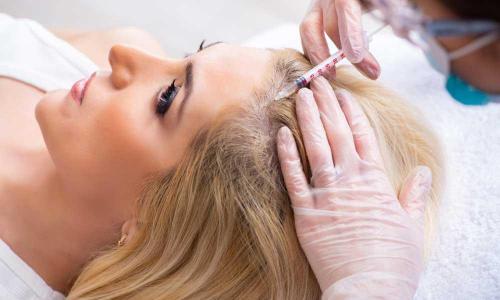
2) The over-the-counter medication minoxidil can also help patients keep their hair growing back, and most patients start using minoxidil after stopping corticosteroids.
3. Hair Restoration Surgery
In a hair transplant surgery, a dermatologist or cosmetic surgeon selects a hidden place on the head where there are hair follicles and transplants them to the bald area. Although each piece of hair has one to several hairs (micrografts and micrografts), Sometimes larger strips of skin from multiple hair groups are collected. The procedure does not require hospitalization, but it can be painful, so you will receive sedation medication to ease any discomfort. Possible risks include bleeding, bruising, swelling, and infection. However, this approach is unlikely to benefit or help people with scarring alopecia.
4. Buy Human Hair With Good Breathability
Treating hair loss is a long process. You can buy a comfortable and breathable human wig to make it easier to dress up when you go out. Remember, do not use synthetic wigs. Chemicals are added to them, which may increase your hair loss problem. You need to choose a mesh cap with good breathability to prevent sweat from accumulating on the scalp.





